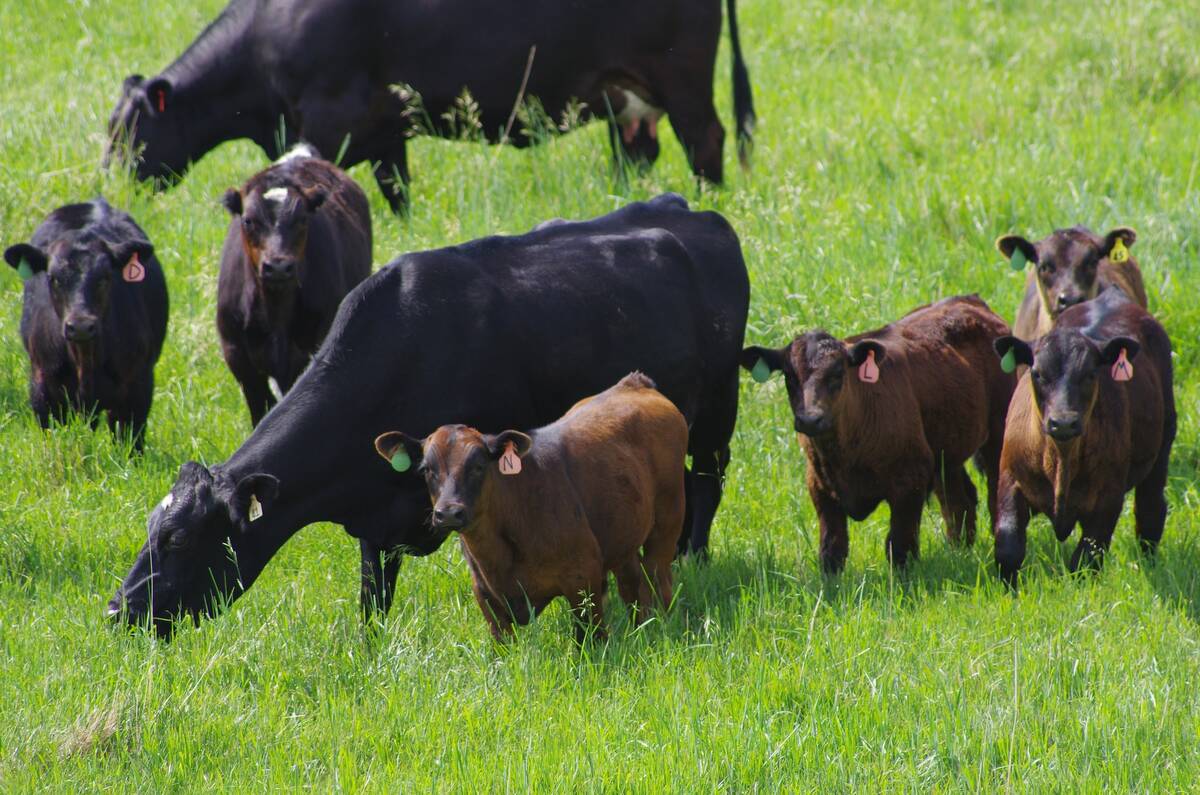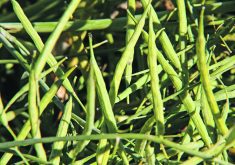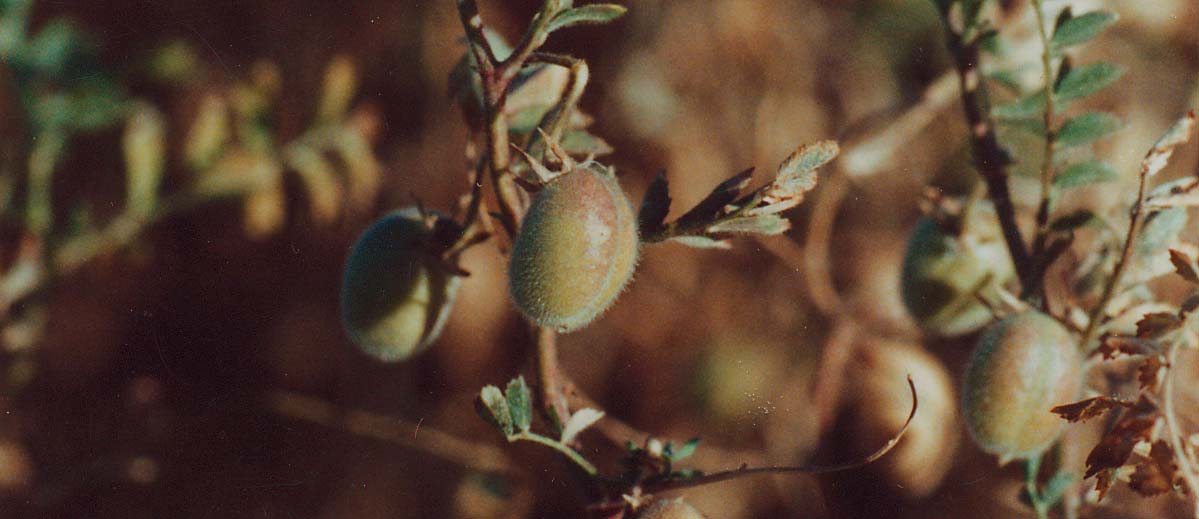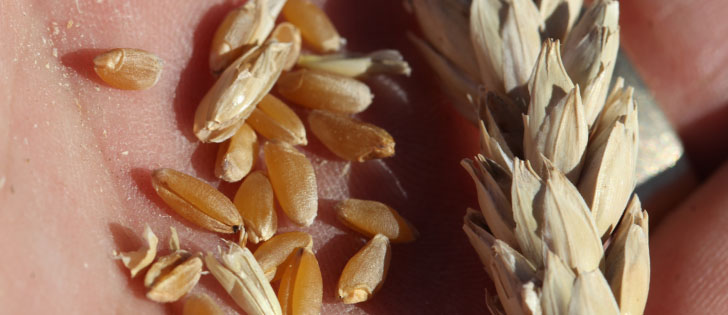There’s always been dirt under JoAnne Lapierre’s fingernails. That’s because she loves to grow things.
The Kindergarten to Grade 2 teacher at Laird School in Laird, Sask., has been successful at passing that love of agriculture onto her students.
“I am a teacher. My job is to empower children and to show them the potential they have within themselves and I don’t know a better way to do that than to let them grow something, nurture something and be the person that actually brought life into this world.
Read Also

Manitoba extends Crown land rent freeze
Manitoba government links the continued rental rate freeze on grazing and forage leases to economic and environmental challenges facing the industry
“There’s nothing that will connect kids to the earth and get them more environmentally aware as growing something and seeing the power of earth,” she said.
Lapierre and fellow teacher Rod Figueroa shared their stories of success with Agriculture in the Classroom at the 2009 National Agriculture Awareness Conference in Saskatoon Oct. 5 to 7.
Now in its fourth year, the Little Green Thumbs program is an indoor garden project that brings agriculture into Saskatchewan classrooms. This year, 42 schools are involved.
Sara Shymko, executive director of Agriculture in the Classroom, said the project helps connect children to agriculture by giving them a chance to participate in the life cycle of growing things.
Lapierre said she has always grown plants in her classroom, but Green Thumbs made it possible to grow gardens, harvest food and ultimately teach students about the cycle of life.
On the menu for her students now is lettuce, spinach, carrots, radishes, chives, basil, tomatoes and cucumbers.
She says the ag in the classroom program gives children skills they can use for the rest of their lives.
Keeping the kid’s connection to agriculture is important, she said, because agriculture has become so large that many people back away from it.
“We’ve moved into industrial agriculture and moved away from the roots that our grandparents had in the soil and we’ve forgotten how important it is to grow our food.”
In Lapierre’s class, the garden has become an important teaching tool that reaches beyond science class.
“There’s nothing about growing vegetables in your garden that can’t be connected to your curriculum. It doesn’t say plants on my science right now, but I can use it in my language art class, creative writing class. I used it in my math class the other day,” she said.
Lapierre cites an example of the classroom radishes that needed more light.
“They (the radishes) are teaching us how to do all kinds of creative thinking. What’s causing problems. How are we going to solve the problems.”
Figueroa didn’t come from a farm and relies on the internet to find many answers. He started small by growing lettuce in his Grade 5-6 classroom. Today, the Agriculture in the Classroom program at St. Michel’s Community School in Saskatoon has expanded outdoors and includes a greenhouse and raised beds.
“It was fabulous because the students had never done anything like that. We started indoors and went outside. And we fed the school. This year we expanded to cucumbers and corn, and the corn actually grew. The kids were so happy.”
Figueroa said he loves to apply agriculture to the curriculum, but he recognizes a bigger picture.
“This is about empowerment, sharing, respect, co-operation and encouragement,” he said.
In Lapierre’s school, the side effects are infectious.
“When they get busy on this planting thing, you see this whole new energy comes into my classroom. It’s not just the energy of the kids but the plants themselves are giving off a positive energy. We talk about how the plants are changing my classroom. Kids from other classrooms come in to see the changes as well. When the leaves come out, they say, ‘wow.’ As a teacher you can never be tired of that kind of enthusiasm.”















